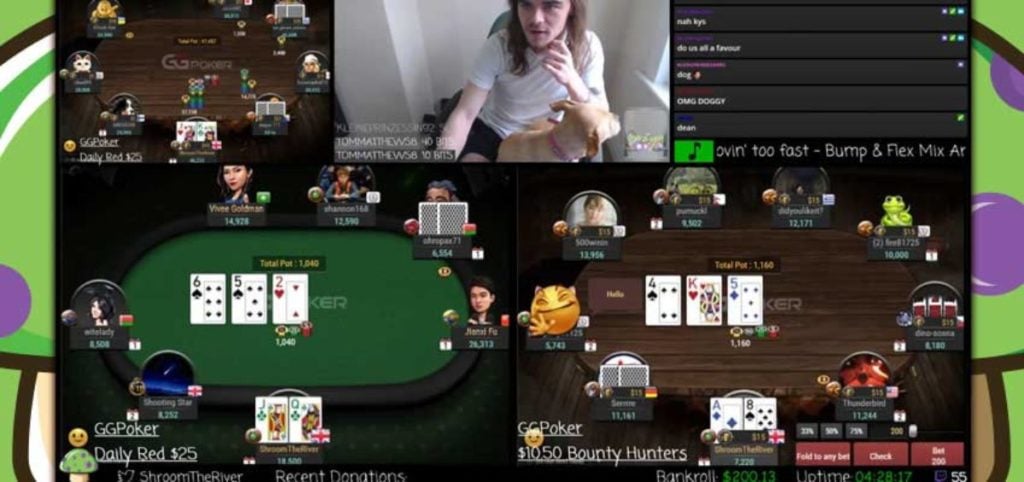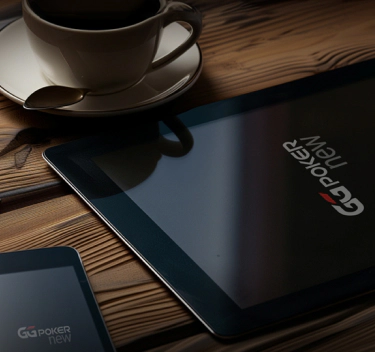Have you ever wondered why some poker players become iconic figures in the world of cards? When you think of poker, names like Daniel Negreanu, Fedor Holz, Maria Ho, and Daniel “Jungleman” Cates might come to mind, standing out not just for their strategic mastery but also for their distinctive personal brands. These players have crafted an identity that’s as memorable as your first royal flush. Their journey in building a personal brand that’s as impactful as their poker legacy, including their online presence, is worth delving into. Let’s take a closer look at how they’ve achieved this remarkable feat.
First impressions are pivotal. Your attire, demeanor, and even the way you arrange your chips contribute significantly to your personal brand. Consider this your poker ‘avatar’. What impression do you aim to project? Confidence, enigma, friendliness? Establish your brand persona and embody it, both offline and online.
Engagement: The Core of Personal and Online Branding
The well-known adage, “It’s not what you know, but who you know,” holds a special significance in the realm of poker. In this competitive world, engagement is key, and it transcends the boundaries of the physical game table, extending into the vast digital landscape. Building a personal brand in poker is not just about how you play the cards; it’s equally about how you interact with others, both in person and through online platforms. This dual approach to engagement helps in creating a multifaceted brand that resonates with a diverse audience.
Social Media Engagement: In today’s digital age, social media is a powerful tool for personal branding. As a poker player when you share your journey, from the highs of winning tournaments to the lows of a tough loss, it humanizes your persona. Platforms like Instagram, Twitter, and Facebook are not just channels for broadcasting success; they are avenues for storytelling. By sharing behind-the-scenes glimpses, personal challenges, and even humorous aspects of the poker lifestyle, you create an online persona that is relatable and engaging. This approach helps in building a loyal following that feels connected to your journey, not just as a player but as a person.
Engagement at the Table and Online: The way you interact at the poker table is just as important as your online engagement. Being present, attentive, and interactive during games creates an impression that lasts beyond the final hand. This includes the way you handle victories and defeats, interact with opponents, and even your demeanor under pressure. Translating this presence to online platforms is crucial. Engaging with your audience through live streams, interactive posts, and responding to comments on social media can bridge the gap between the physical and digital worlds. It’s about creating a consistent brand experience for your audience, regardless of the medium.
Feedback Integration: Feedback is a goldmine for personal and brand development, and this is true for both offline and online interactions. Engaging with your audience’s feedback on social media can provide critical insights into how your brand is perceived. Constructive criticism can be a catalyst for improvement, while positive feedback can reinforce successful aspects of your brand. In the world of poker, where strategies and decisions can be as nuanced as the game itself, understanding the perceptions and opinions of your audience can be invaluable. Responding to comments, addressing concerns, and even incorporating suggestions where appropriate, can foster a stronger sense of community and loyalty among your followers.

Consistency and Evolution: The Balancing Act
Maintaining consistency in your personal brand is crucial for recognition and recall, but it’s equally important to adapt and evolve. The poker world is dynamic, with new players, strategies, and trends emerging constantly. Similarly, digital trends are ever-changing. Balancing consistency with adaptability involves updating your brand to stay relevant while holding onto the core values and characteristics that define you. For instance, while your fundamental approach to the game or your signature style might remain constant, the way you communicate or present yourself online can evolve with current trends. This approach ensures that your brand remains fresh and engaging, without losing its essence.
Storytelling: Crafting Narratives Online and Offline
Storytelling is a powerful tool in building a personal brand. Each poker hand, tournament, or interaction has a story with the potential to connect with your audience on a personal level. Sharing these stories, whether it’s a thrilling win, a heartbreaking loss, or a funny incident, makes your brand relatable and memorable. Utilizing various mediums like blogs, vlogs, and social media posts allows you to reach a wider audience and engage them in your narrative. These stories not only entertain but also give insights into your personality and approach to the game, making your brand more dimensional and engaging.
Education: Sharing Knowledge in the Digital Arena
If you possess expertise in poker, sharing your knowledge can significantly boost your personal brand. By creating educational content such as tutorials, strategy discussions, and game analyses, you position yourself as an authority in the field. This not only helps in building your credibility but also adds value to your audience. Platforms like YouTube, personal blogs, or even webinars can be effective in disseminating your knowledge. This educational aspect of your brand can attract a dedicated following of both aspiring players and poker enthusiasts alike.
Authenticity: Your Ace in the Digital World
In the world of poker, where bluffing is part of the game, authenticity becomes a rare and valuable trait. This is especially true in the digital realm, where genuine personalities stand out. Being authentic in your interactions, content, and overall online presence helps in building trust and a deeper connection with your audience. Authenticity involves being true to yourself and your values, and this honesty resonates with people, setting you apart in a crowded digital landscape.
Collaboration: Expanding Your Reach
Collaboration is a powerful strategy for expanding your personal brand. By partnering with other players, brands, or events, you can tap into new audiences and networks. These collaborations can take various forms, from joint content creation to co-hosting events or tournaments. In the digital space, collaborations can also mean engaging in online challenges, podcasts, or joint live streams. These partnerships not only bring variety to your content but also allow you to learn and grow from others in your field.

Feedback: The Online Mirror
Feedback, especially in the digital world, is a crucial tool for brand development. It provides insights into how your audience perceives you and highlights areas for improvement. Engaging with your online community, acknowledging their comments, and responding to their feedback makes your audience feel valued and heard. This interaction not only helps in refining your brand but also fosters a loyal community. Constructive criticism can be a guide for improvement, while positive feedback can reinforce successful aspects of your brand. In essence, feedback acts as a mirror, reflecting both your strengths and areas for growth.
Conclusion: Going All-In on Your Personal and Online Brand
Building a personal brand as a poker player transcends the game; it’s about crafting a persona that resonates both at the table and in the digital world. It’s a blend of your journey, stories, engagements, consistency, and authenticity. As you navigate through the intricate world of poker, remember to invest equally in your online presence. In the realms of poker and life, it’s the personal and digital touches that truly make a difference.

